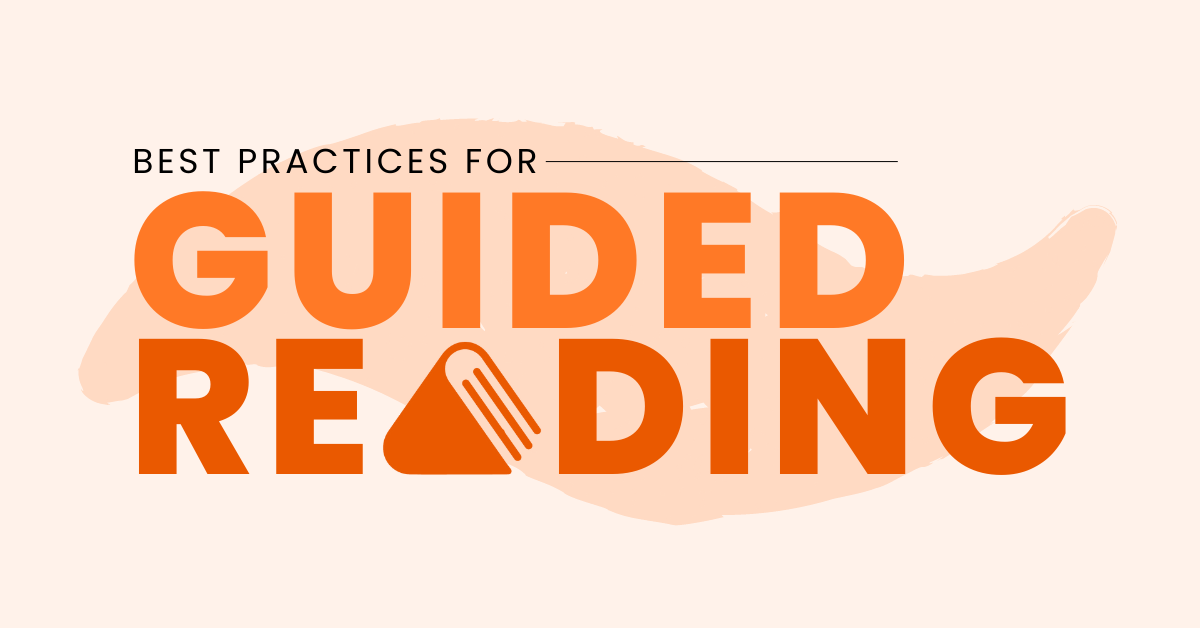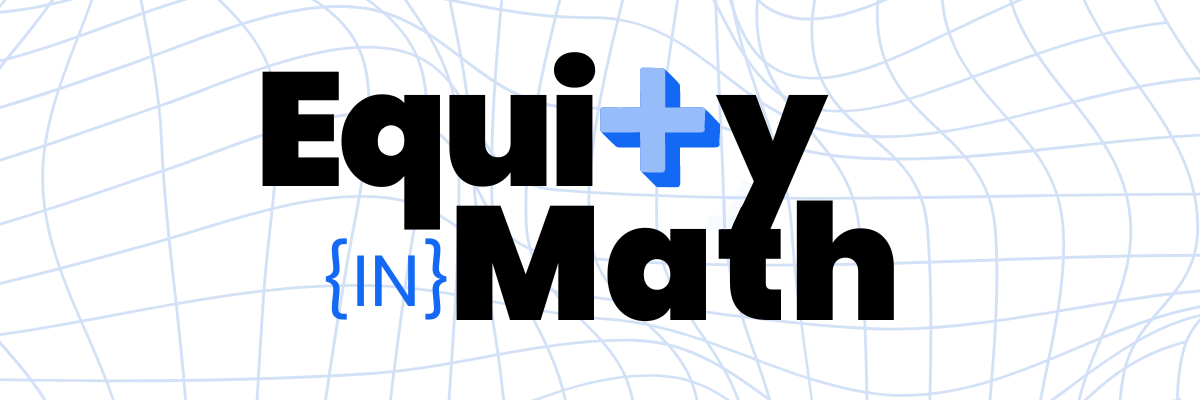|
Support emerging readers' vocabulary with a balance of explicit instruction and in-context learning.
This is the fifth installment in our Science of Reading series
Vocabulary is a crucial component of reading comprehension and literacy development. Understanding vocabulary and its significance is essential for educators as they work to support emerging readers on their journey to becoming skilled and proficient readers. In this fifth and final installment focused on the science of reading, we will unpack what vocabulary means, why it is important, and provide three promising practices that teachers can implement to effectively support emerging readers with vocabulary development.
What is vocabulary in the science of reading?
In the science of reading, vocabulary refers to the collection of words that a reader understands, recognizes, and can use effectively in their reading and writing. It encompasses both oral vocabulary (words we understand and use in speaking) and print vocabulary (words we recognize and understand in reading). Vocabulary development is a multifaceted process that involves word learning, comprehension, and retention.
Why is vocabulary development important?
Vocabulary serves as the anchor connecting various critical reading skills, fostering a deeper understanding of phonological awareness, phonics, and fluency. In phonological awareness, it enhances recognition and discernment of sounds within words, ultimately aiding in the decoding and pronunciation processes. When it comes to phonics, a robust vocabulary equips learners with the ability to detect word structures and pronunciation nuances, enabling them to effectively apply phonics rules during reading. Additionally, vocabulary ensures swift and accurate word recognition, which significantly contributes to reading speed and fluency. But perhaps most importantly, vocabulary enhances reading comprehension by giving readers the capability not only to recognize words, but also to understand their meanings within a text. Without a strong vocabulary, readers will likely encounter difficulties in grasping the core of what they are reading, ultimately hindering overall comprehension.
Promising practices for vocabulary development
Plenty of vocabulary strategies exist, but issues arise when one approach is excessively emphasized or prioritized, potentially leading to minimal or even neglected use of others. For example, overreliance on explicit vocabulary instruction may lead to isolated word memorization without a deeper understanding of word usage in context. An effective approach strikes a balance between explicit instruction and in-context learning. Below, I present three promising practices, as well as concrete examples of how I implemented these practices in my classroom. I believe these examples encompass various methods for explicitly supporting young readers' vocabulary development. Ideally, teachers will utilize all three practices, at different times, to create a comprehensive and holistic approach to vocabulary instruction.
Vocabulary development is a fundamental aspect of reading and literacy. In the science of reading, understanding what vocabulary is and why it's important is crucial for educators. By implementing explicit vocabulary instruction, contextual learning, and engaging word play and games, teachers can provide effective support for emerging readers, helping them build a strong foundation for successful, lifelong reading.
|
|
The Center for Professional Education of Teachers (CPET) at Teachers College, Columbia University is committed to making excellent and equitable education accessible worldwide. CPET unites theory and practice to promote transformational change. We design innovative projects, cultivate sustainable partnerships, and conduct research through direct and online services to youth and educators. Grounded in adult learning theories, our six core principles structure our customized approach and expand the capacities of educators around the world.
|
ABOUT US
525 West 120th Street, Box 182 New York, NY 10027 416 Zankel Ph: (212) 678-3161 [email protected] Our Team Career Opportunities |
RESOURCES
Professional Articles Ready-to-Use Resources Teaching Today Podcast Upcoming PD Opportunities |
COACHING SERVICES
Custom Coaching Global Learning Alliance Literacy Unbound New Teacher Network Student Press Initiative |


























